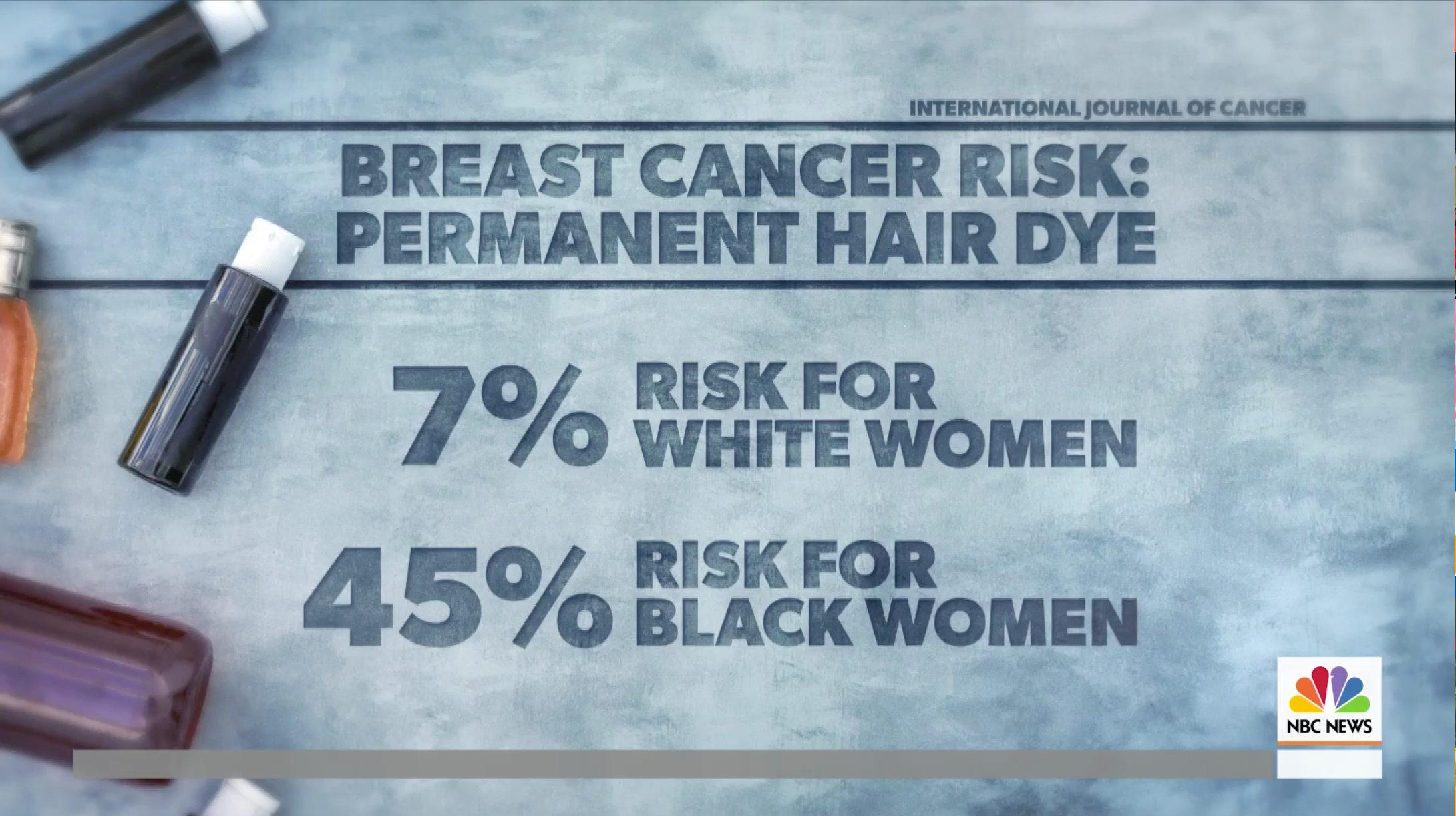
A new study published in the International Journal of Cancer has revealed that hair dyes and chemical straighteners may do far more damage to our health than our hair. The findings suggest that hair dyes and chemical straighteners may increase Black women’s risk of developing breast cancer.
The Sister Study, conducted by the National Institute of Health monitored 46,700 breast-cancer-free women between the ages 35 to 74 whose sisters had been diagnosed with the disease. Participants completed an assessment on their health, demographics, and lifestyle, which included the use of hair products (in the past 12 months) at enrollment and provided researchers with updates over the course of eight years.
Of the participants who reported the use of permanent hair dye and chemical straighteners, the research found that they had a greater chance of being among the 2,800 participants who ended up developing breast cancer. Hair dye use increased Black women’s risk by 45 percent and chemical straighteners increased risk by 18 percent. Overall, Black women had the highest risk of developing breast cancer among the study’s participants.
Noting that the study only tracked a small cohort of women who developed breast cancer and omitted to control for other cancer risks such as age and health history, more research is needed to link the use of either hair treatment to breast cancer.
However, the study serves an important reminder to Black beauty consumers: not all beauty products are regulated.
In an interview with TIME, Alexandra White, an epidemiologist at the National Institute of Environmental Health Science notes there’s evidence that shows harmful ingredients in hair dye “The strongest evidence points to aromatic amines, a colorless chemical in hair dye that has been shown to bind to DNA in breast tissue and potentially lead to DNA damage linked to cancer,” TIME reports.







And while researchers have linked family history, diet, and ethnicity to increased risk for developing the disease, our hair care products could also be an associated risk factor.







